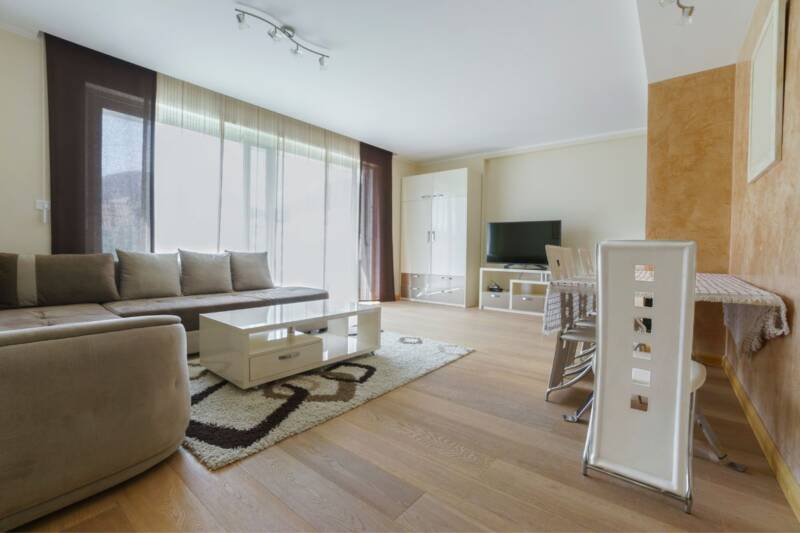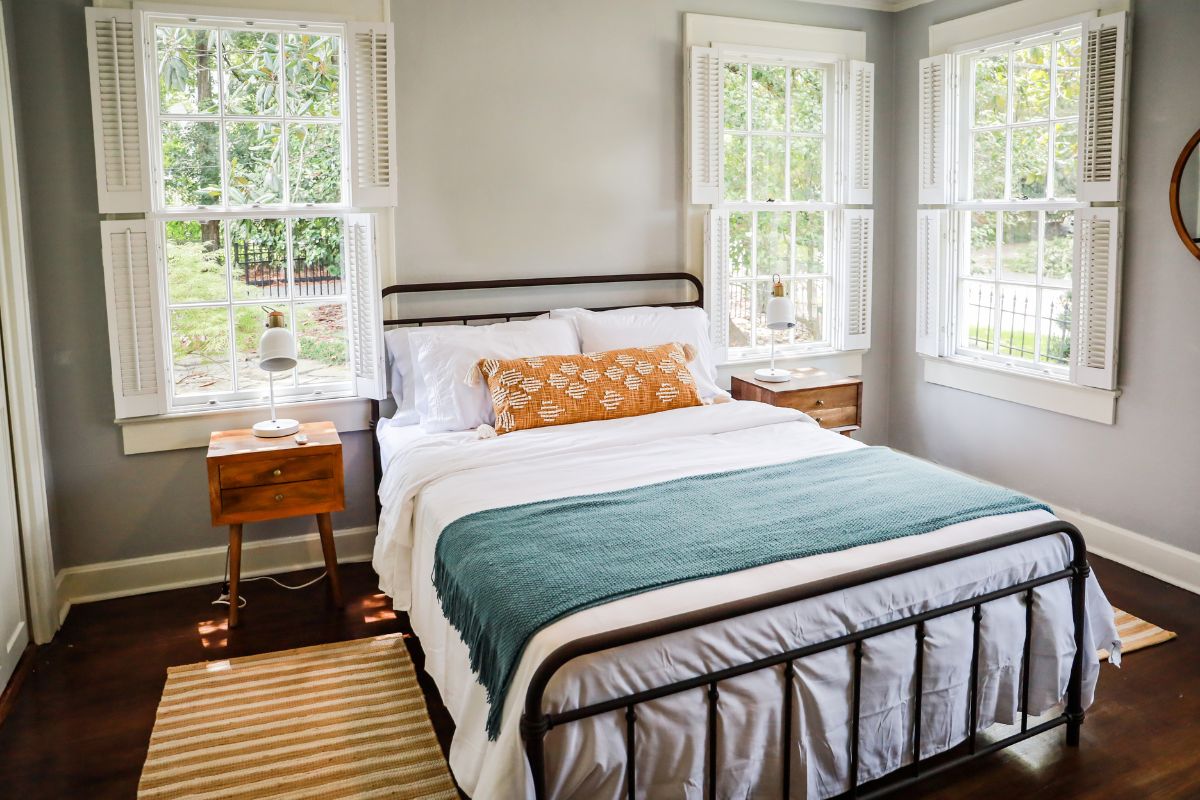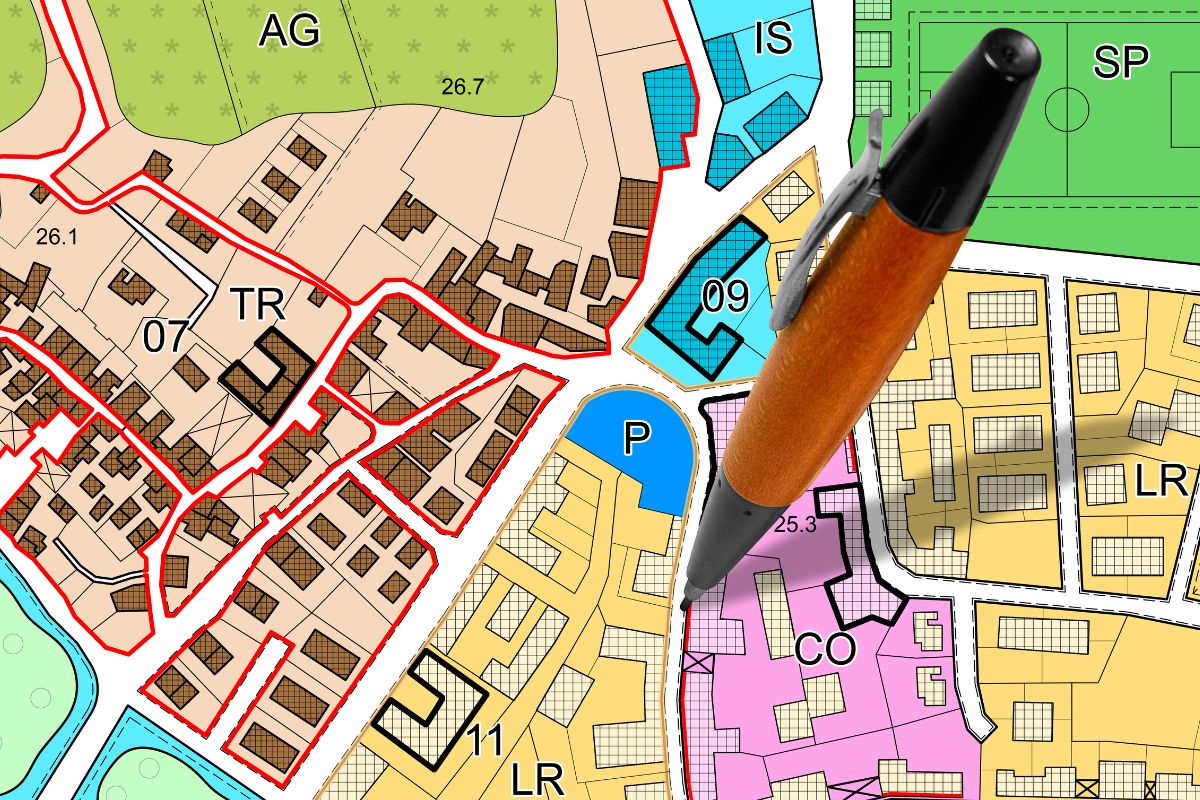
February 26, 2024 Homeworks Hawaii, ADU
The aptly named Ohana unit reflects Hawaii’s spirit of familial togetherness. It also reflects that multigenerational living is commonplace. But what exactly is an Ohana unit? And can you build one on Oahu?
In short, an Ohana unit is a separate dwelling space on your property. It is also commonly known as an ADU or Accessory Dwelling Unit. Whether or not you can build one depends on your Honolulu County regulations and your design. If you need help designing, building, and handling the eligibility details for your Ohana unit, we can help.
At Homeworks Construction, we’ve completed more than 750 construction projects over the past three decades, meaning you can trust us for honest advice and quality results. Below, we discuss Ohana units in more detail so that you can decide whether they’re the right investment for you, but don’t hesitate to call us for personalized advice based on your needs and circumstances.
What Is an Ohana Unit?

An Ohana unit is a living space or dwelling that’s separate to or attached to the primary residence on a property, usually built to accommodate extended family members, close friends, or other loved ones, hence the name ‘Ohana’ unit. They’re ideal for elderly residents because you can provide care and connection while maintaining their independence.
Most Ohana units don’t contain kitchens but do have a bathroom, living room, bedroom, and storage space. The size and layout of an Ohana Unit can vary depending on the zoning district, lot size, and architectural style of the primary home.
The Benefits of an Ohana Unit
Ohana units are a cost-effective solution for those who need to take care of elderly relatives who may no longer be able to live alone safely and comfortably. If you intend to build an Ohana unit for extended family members, you may be able to split the costs of your property’s upkeep, which is a plus for shared finances. On top of everything, the Ohana unit maximizes space and keeps family together.
Can I Build an Ohana Unit on Oahu?
In most cases, you can build one in agricultural and residential zoning districts (except R-3.5) on lots that only allow for one primary residence, which is one reason why they’re becoming increasingly popular. While they’re similar to accessory dwelling units, they usually have a few slight differences in design and regulation. Here are a few considerations you need to keep in mind when planning to build an Ohana unit:
Zoning regulations

Check your zoning regulations with your local planning department. Regulations may vary.
Permitting process
You may need to obtain approvals and permits to build an Ohana unit on Oahu, particularly if it falls within the category of accessory dwelling unit or ADU.
Environmental impact
You might want to consider eco-friendly design elements and materials for your ADU to promote sustainability and keep your costs to a minimum.
Architectural considerations

It’s a good idea to consult with experienced contractors that can help you navigate Oahu’s building regulations and bring your ideas to life. A Design-Build Contractor is ideal because they can customize the space you want and adjust with changes, as needed. Find a contractor with experience building Ohana units specifically.
Discuss Your Potential Ohana Unit with Our Expert Contractors
By constructing an Ohana unit, you can live within close proximity of extended family members and loved ones while retaining your independence and potentially reducing your living costs. While you may need to obtain permission to construct one, navigating the regulations surrounding Ohana units on Oahu is usually straightforward, particularly if you partner with experts on the topic.
At Homeworks Construction, we can not only design and construct a home that exceeds your expectations but also help you understand local regulations and your options. With over three decades of experience, we’ve dealt with all manner of construction tasks in Hawaii. Contact our professionals today for more advice.
Aging-in-place, Design-Build, Free Estimate, Home Addition, ohana unit